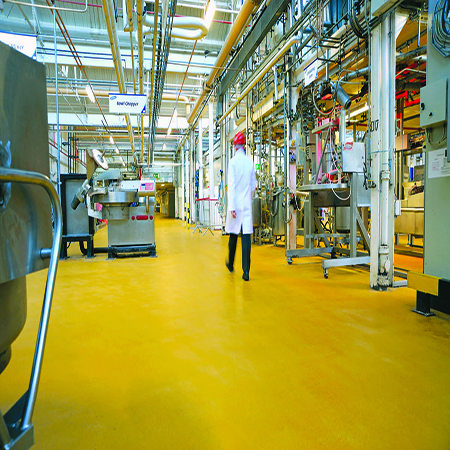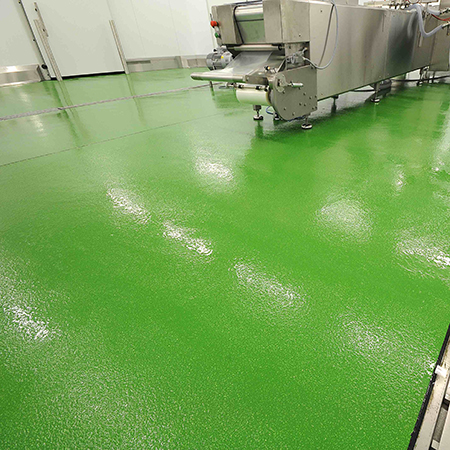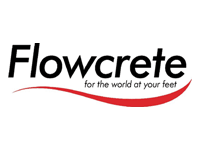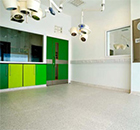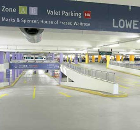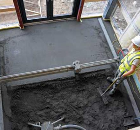Choosing the right floor for a food and beverage (F&B) facility is a tricky task, as it will have to withstand a long list of challenging onsite conditions while consistently maintaining a clean and hygienic environment.
This article will explore two of the most common types of floors specified in the F&B industry - methyl methacrylate quartz (MMA) and polyurethane (PU).
While both are resin materials, the specific chemistry of each is very different and will provide different functionalities.
One of the biggest differences is that once a PU has cured it will have a very high cross-linked density that makes it exceptionally hard wearing. PUs are one of the most failure resistant types of floors and are capable of providing a high-performance surface for up to a decade if properly maintained
Alternative materials struggle to provide this lifespan when faced with operational challenges such as steam cleaning at up to 120°C, point loading from heavy production equipment, exposure to corrosive industrial chemicals such as sodium hydroxide and nitric acid as well as the intensive cleaning and long hours inherent to the sector.
An MMA quartz system derives strength from its monolithic structure. However, with this type of system a thin wearing coat is required to stop the aggregates and finish from getting scratched or abraded. This final layer, which isn’t required for PU floors, will usually need to be recoated every couple of years.
The key advantage of an MMA system is that it is able to fully cure in a matter of hours, regardless of onsite conditions and ambient temperatures. It is also very useful for refurbishments, as it can be applied directly on top of the existing coating and therefore avoids the cost and time required to take up the old floor.
PUs have historically been less versatile when it comes to being applied in extreme temperatures, in wet locations or within tight turnarounds. Recent advances in PU technology though has closed this gap, with systems such as Flowfresh HF LT being much easier to apply than traditional PU products in cold and wet settings.
The main downside to how an MMA cures is that it releases a powerful odour that can taint nearby food produce. This problem can be avoided with proper ventilation, as MMA particles are heavier than air and so can be drawn out of the environment. Dealing with the odour is therefore possible but does incur extra time, expense and effort.
Both formulations have a textured finish, which enhances traction underfoot and helps to cut down on slips and trips. It’s important to bear in mind that the more heavily textured a surface is, the more difficult it becomes to clean. The size and type of aggregates incorporated into a PU or MMA floor are often tailored to meet the required cleanability/slip resistance balance.
This was the case at McVitie’s production facility in Glasgow, which used the solvent-free, heavy duty polyurethane system Flowfresh RT in two different textures. A rougher finish was applied throughout most of the building whilst a smoother version was installed beneath the production lines in order to make these hard-to-reach spots easier to clean.
This project highlights the versatility of polyurethane in general, as it is very easy to change factors such as the floor’s thickness, texture and colour to suit the business’ needs.
View In-situ floor finishes: Flowfresh HF Product Entry

